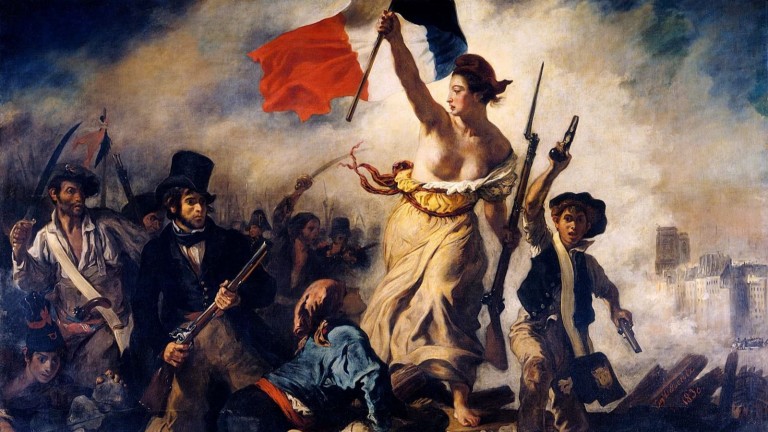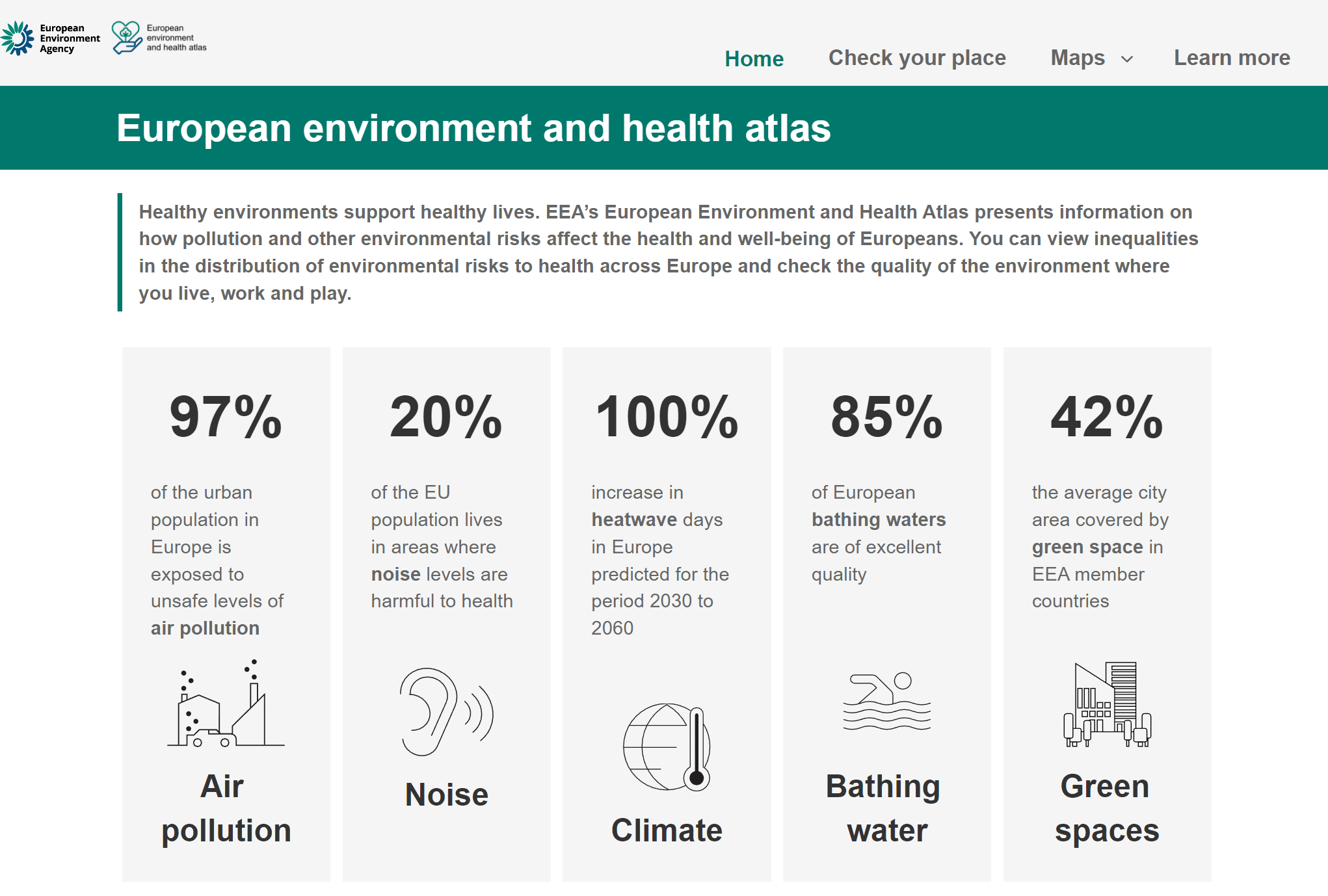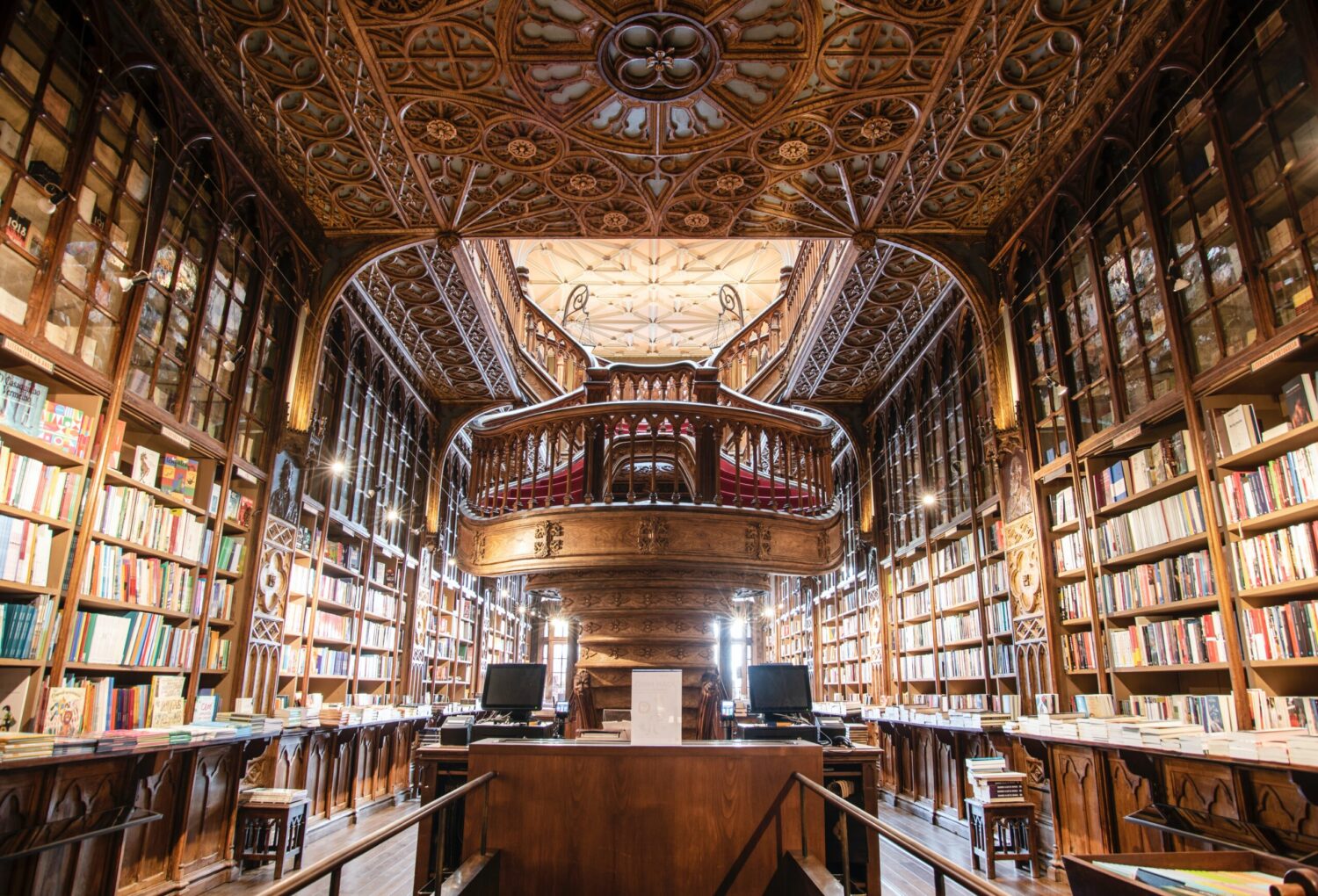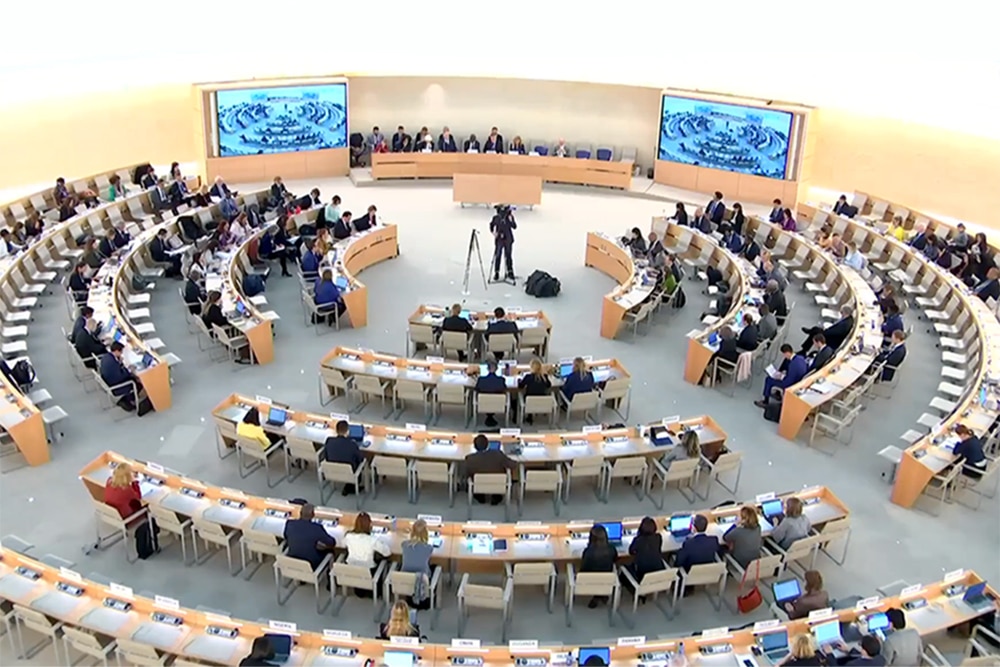There is one picture that always strikes with the desire for freedom and has become emblematic for all nations, regardless of the fact that its author is French – the artist Eugene Delacroix. We are talking about the painting “Liberty Leads the People”, which decorated postage stamps and banknotes in France, as well as the cover of a Coldplay album. The original itself is kept in the Louvre, where they often hold a retrospective of the great artist.
Delacroix’s painting has been placed on a par with Leonardo’s “Mona Lisa” in popularity. It was painted in 1830 and the main character – a woman with a bare chest, with a rifle and a flag in her hands, was always perceived as a symbol of Freedom and never disturbed the consciousness of normal people.
Many contemporary artists have used the painting to advertise various events and performances. Director Jocelyn Fiorina also recently used Delacroix’s famous painting to promote his Paris theater production, Shots on the Rue Saint-Roch. Literally hours after the first advertisement of the show, he discovered that the social network Facebook had blocked the advertisement as a “violator of good morals”, because of the bare chest of… Freedom.
The misunderstanding sparked a scandalous backlash, followed by an apology from the network’s controllers: “Freedom Leads the People has its place on Facebook and does not violate advertising rules, but we review millions of ad images every week and sometimes make mistakes. We apologize for the error in question.”
However, let’s add that this “mistake” is not the only one, perceived as a pornographic photo and not as a work of art, and this raises the question of whether it is censorship or incompetence.
What is the history of one of the most famous paintings – “Freedom Leads the People”: It depicts the allegorical figure of Freedom among real participants in an uprising. The canvas is so influential that it has become a symbol of the fight for freedom of all peoples of the world. I.e. it is as concrete in its conception, relating to a historical event in French history, as it is universal in its impact and a masterpiece of fine art.
“Freedom Leads the People” is a work inspired by the revolution that overthrew King Charles X, but on the canvas itself this development of events is not yet clear. We see people ready to fight in the streets of Paris. We see the Notre Dame Cathedral – a symbol of monarchism and conservatism, but the flag of the revolutionaries flies on its roof. The rebels are piling up cobblestones and using them to build barricades.
The woman, the symbol of Freedom, is drawn in profile, according to the canons of antiquity. Behind her are two male figures – one without an outer garment – an allusion that he is a man of the lower classes, and the other – a well-dressed man is… Delacroix himself. The artist has placed himself among the rebels. This is a clear expression of his civic position as a creator.
Delacroix also boldly proclaimed the idea of a revolution of the whole people, without distinction between the poor and the rich, because it was a rebellion against the despotism of an authoritarian ruler.
At the right end of the canvas we see a student with two pistols. Few people know that this boy is the prototype of Gavroche in “Les Miserables” by Victor Hugo.
Many dead people are also depicted on the canvas – an allusion to the high cost of any rebellion. Among those who volunteered for self-sacrifice as rebels, there are also innocent citizens. One of the dead is a man in a nightgown. He was killed in his sleep. Artistic accents such as a sock and bloodstained shirt heighten the sense of tragedy.
In general, we have before us an epoch-making work of art, which hides within itself a lot of philosophy about revolution as a means of changing power. The canvas recreates the pathos of the angry people, in its full variety.
But, about the author of the popular work himself: Eugène Delacroix (fr. Ferdinand Victor Eugène Delacroix): He is one of the most significant representatives of romanticism worldwide.
He was born on April 26, 1798 in South-Eastern France, in the family of Charles Delacroix – a civil servant, ambassador to the Netherlands and Minister of Foreign Affairs of France, who died in 1805 as Prefect of Bordeaux. The mother is a lady from a prominent family of furniture makers who created the interiors in the homes of many French kings and aristocrats, and Eugene is the fourth child in the distinguished family.
His parents are educated and artistic people who raise their children with love, but little Eugene experiences several life-threatening accidents: As a baby, he almost dies in a fire after his nanny accidentally drops a burning candle in his crib. He gets away with scars on his body that remain with him for life. Another time one of the housemaids, assigned to take him to a ship, dropped him into the sea, and he was narrowly saved from drowning.
Delacroix’s parents gave him a good education and upbringing. His first painting teachers were Pierre Narcisse Guerin and Jacques-Louis David, but Eugene later chose his own idol for imitation – Peter Paul Rubens (1577 – 1640). At a later stage, Theodore Géricault was also influenced by romanticism in painting. Among his close friends were Chopin and George Sand.
Delacroix debuted at the Paris Salon in 1822 with his painting “Dante and Virgil”, inspired by Dante’s “Divine Comedy”.
In 1824, again at the Salon, he exhibited another painting with a dramatic plot – “Massacre in Chios”, dedicated to the revolt of the Greeks from the island of Chios, suppressed by the Ottomans. On the canvas we see men, women and children huddled together, seeking mercy. Delacroix is a master of psychology – he knows how to recreate the state of mind of his characters.
These two Delacroix paintings look bleak and hopeless. From their names it is clear that Delacroix had an affinity for historical plots and often resorted to literary classics – to episodes described in the works of Shakespeare, Goethe, Byron, Walter Scott, etc.
He was a virtuoso artist and illustrator and at the same time a brilliant critic with an analytical mind and rich culture.
There is another thing that writes his name in the history of fine art – Delacroix was one of the first artists to paint models of mixed race, because of the color of their skin, as he was tempted by the light and the play of shadows. After his trips to Algeria and Morocco, Delacroix painted a series of such paintings with exotic characters, such as “Algerian Women”, “Jewish Wedding in Morocco”, etc.
He often experimented with paint colors and let the light do the rest.
Many art critics call Delacroix’s work “a new step in the development of French painting”. The artist used color as an expression of emotion and in this regard attached great importance to complementary tones, color shadows and reflections. Many impressionists, post-impressionists and modernists of the 20th century followed his principles of “color decomposition”.
His pioneering techniques were followed by Claude Monet and Paul Cézanne.
Delacroix became very famous and valuable during his lifetime. His works are all over the world. The dimensions of his sails are also distinctive – some of them exceed 3 meters in width and are almost as tall. This makes it risky to transport them for exhibitions from one geographical point to a more distant destination. That is why one critic says that “his place is the Louvre and he had better not move from there”. He probably meant exactly this – the danger of possible damage to these masterpieces, valuable to the whole civilization.
The artist is also the author of many portraits of famous personalities such as Chopin and of many murals in the Bourbon Palace in Paris.
One of Delacroix’s lesser-known masterpieces is his painting “Orphan Girl in the Cemetery”, painted in 1824, before “Liberty Leads the People”. The girl in this canvas is looking up at the sky with eyes full of tears. One wonders if she is praying to God or blaming him for the loss of her loved ones?… The expression on her face shows intense pain. Delacroix is truly a master of psychologism and makes the viewers themselves immerse themselves in the emotions of his characters, as well as seek the answers to many exciting questions for themselves. His paintings are thought-provoking.
In addition to the author of pictorial masterpieces, Delacroix is a thinker with a great contribution, both to the theory of visual art and to the philosophical perception of life and relationships between people.
Eugene Delacroix – thoughts
Do not get close to people whose conscience is too flexible.
What a miracle – to admire in painting what you do not admire in reality!
You are never verbose if you say exactly what you mean.
Laziness, of course, is the greatest obstacle to the development of our abilities.
When you find a weakness in yourself, instead of hiding it, masking it and playing it over, correct it.
Illustration: “Liberty Leads the People”, 1830 by Eugene Delacroix














